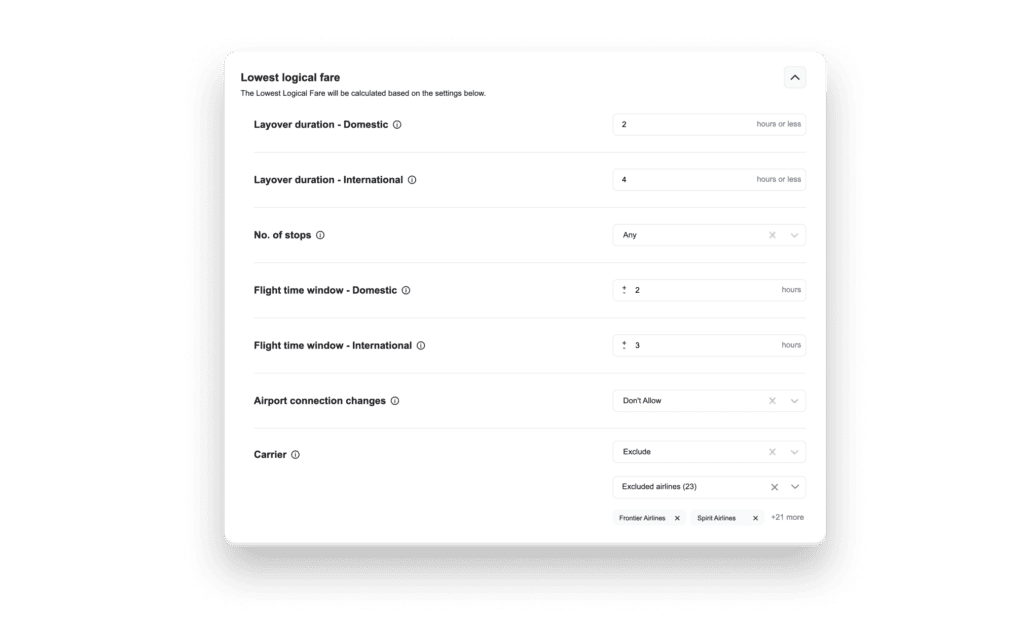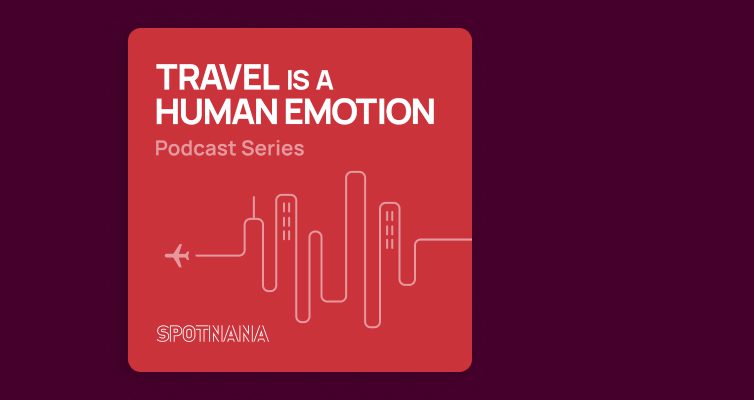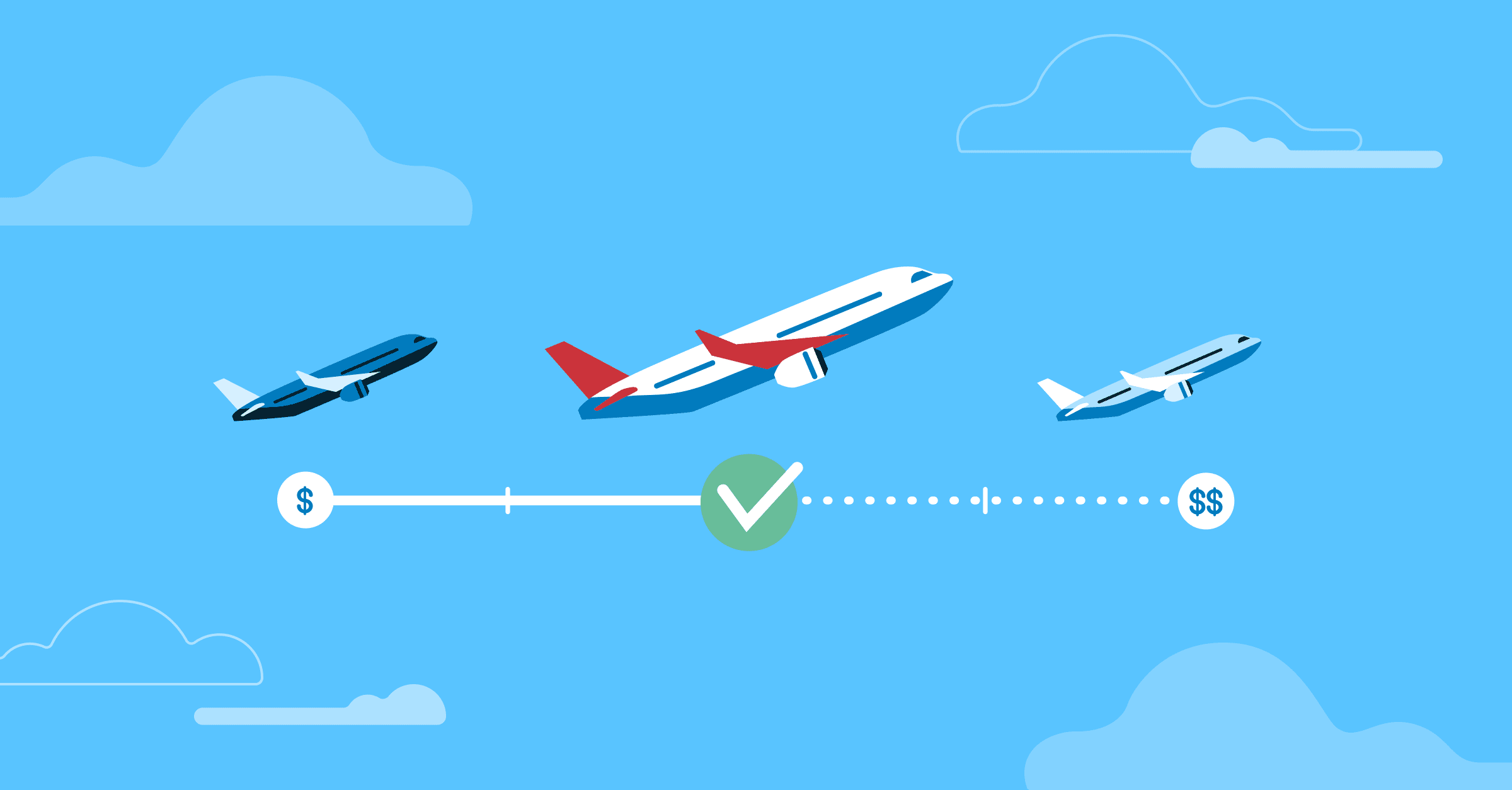Why Corporate Travel Needs Dynamic Lowest Logical Fare
Lowest Logical Fare (LFF) is such a simple concept, right?
Back in the late 1990s, when the first online booking engines were launched, two new terms arrived in the corporate travel management dictionary. I was part of the GetThere team that introduced and promoted these terms, so I know the history quite well.
The first term was Lowest Logical Fare, which quickly became the new benchmark fare for travel policy compliance. The idea was very simple as most good ideas are: compare the selected fare with the lowest available fare on the market and highlight the difference.
This led to the second term: Visual Guilt (VG). In case you are wondering, the answer is yes – the goal was literally to shame the traveler into selecting a lower airfare by comparing their selection with the cheapest fare – we would probably call this “fare shaming” in today’s world.
For about a decade, the concept worked well. Airfares were much simpler back then, and low-cost airlines were not included in Online Booking Tools (OBTs), so the comparison was mostly based on a simple return fare in different cabin classes for the airlines available in the Global Distribution Systems (GDS). Southwest Airlines, for example, was not fully included until 2021.
As time passed, however, the airline world changed. The introduction of one-way fares for most domestic flights made it harder to use Lowest Logical Fare and Visual Guilt effectively. Once the low-cost airlines also became available in OBT displays, the value of Visual Guilt really went downhill. Visual Guilt became more of an invisible data capture method used for reporting in the background – even though most travel managers avoided showing it to their CFO, as it actually highlighted their failures on missed savings.
With the arrival of New Distribution Capability (NDC) in the last few years, the value of Lowest Logical Fare and Visual Guilt is under further pressure. Basically, it makes no sense to calculate a Lowest Logical Fare unless all the relevant fare options are included. If the Lowest Logical Fare calculation is performed using the traditional GDS low fare search function, then the NDC fares are most likely not included; furthermore, there may be airlines included in the Lowest Logical Fare result which are excluded from the general travel program, so why even bother with the calculation?
This is why Spotnana has re-designed and modernized Lowest Logical Fare to work for travel programs today and tomorrow with full support for NDC content, as well as the ability to customize which airlines and fares are included in the Lowest Logical Fare calculation through a series of rules.

Travel managers can set dynamic rules for Lowest Logical Fare calculation using Spotnana.
We call this Dynamic Lowest Logical Fare.
We allow each customer to specify the detailed rules for how their Lowest Logical Fare is calculated and then use it to determine if a booking complies with travel policy. Spotnana also captures and shows the missed saving as part of the Visual Guilt approach, if so desired.
The creation of the Dynamic Lowest Logical Fare is only the first part of our new policy solution for corporate travel managers – and I will write about the second part in my next blog entry, so stay tuned.
If you’d like to learn more about how Dynamic Lowest Logical Fare can support the goals of your travel program today, you can get in touch here.






